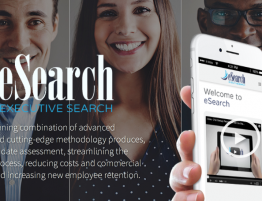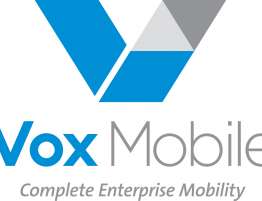
As a member of the HR Leadership Group of Northeast Ohio, I have enjoyed outstanding presentations from qualified, strategic HR leaders. This month’s meeting was no exception. Bob Danna, Managing Director of Deloitte Consulting discussed the Future of HR with an emphasis on digital transformation. Bob covered a wide range of trends stemming from research conducted by Bersin by Deloitte.
Though I read the Bersin by Deloitte 2017 Global Human Capital Trends report in advance, Bob made one comment that surprised me. Bob pointed out that, for the first time five generations are in the workforce. That’s not what surprised me. He also said many baby boomers would work another twenty to thirty years. That surprised me. While I recognize the economic, social and personal reasons boomers may keep working, the statement caught me off guard. Once it sank in, my thoughts went in another direction. How will boomers compete in the job market?
My question is not just about skills, abilities, attitudes or energy levels of boomers. It’s also about age bias.
Diversity and inclusion is a topic near and dear to HR and talent acquisition professionals and provides focus on the benefits and importance of having a diverse workforce. Pay equality for women and breaking-the-glass-ceiling are also at the forefront of discussions among the HR and talent acquisition community. Yet age bias seems to be an (unofficially) accepted practice. Not everywhere, nor for every employer, but common.
An NPR.ORG article cites research conducted by a U.C. Irvine professor, David Neumark who sent 40,000 resumes for thousands of real jobs. The resumes were identical except for age. “The call-back rate — the rate by which employers contact us and say we’d like to interview you — drops from young applicants to middle-aged applicants and drops further from middle-aged applicants to older applicants,” Neumark says.
Another article, this one by Liz Ryan, CEO of Human Workplace, discusses The Ugly Truth About Age Discrimination. Liz describes a conversation with a person who experienced age discrimination, and why employers do themselves a disservice by avoiding more experienced workers. She also suggests steps boomers (and others) can take to minimize the impact of age bias.
In my executive search practice, I hear from seasoned professionals who say they experience age bias in their job search, but do not pursue claims for fear of being labeled a troublemaker. They just want to work. For many of these job seekers, frustration and a sense of hopelessness can set in, especially when they are rejected for multiple roles they feel qualified for.
While legitimate reasons exist for targeting and hiring early career candidates, many organizations may miss an opportunity to attract exceptional talent that is readily available. One McKinsey study showed that 40% of companies that plan to hire have had unfilled openings for 6 months or longer because they can’t find qualified applicants. In addition, many surveys of CEO’s point out the need for more and better leadership to reach strategic goals. So, while age bias may be a contentious topic, few would argue the need to attract more talent and leadership.
The challenge is how to attract the best talent while setting aside bias. One approach is to revamp talent acquisition practices, starting with the traditional job description (which frequently include desired years of experience). Lou Adler, author of The Essential Guide for Hiring suggests using a Performance Profile, which describes desired outcomes for a role instead of listing desired experiences for a candidate. For an example of a performance profile, click here.
Job seekers concerned about age bias should be proactive as well, starting by leveraging strengths in their job search-especially those that highlight leadership skills and experience. Instead of trying to fit every possible job opportunity, job seekers should embrace the differences that qualify them for the best roles. Also, when talking with decision makers, job seekers should try to focus on the needs of the hiring manager. Once those needs are understood, job seekers can describe how they are uniquely qualified to help.
While age bias may never disappear, rising demand for talent and leadership will create more opportunity for boomers to continue adding value, even for another twenty to thirty years. Improved processes by hiring managers and job seekers may also help.
To learn more about performance based hiring, please contact rsamsel@esearchjobs.com








